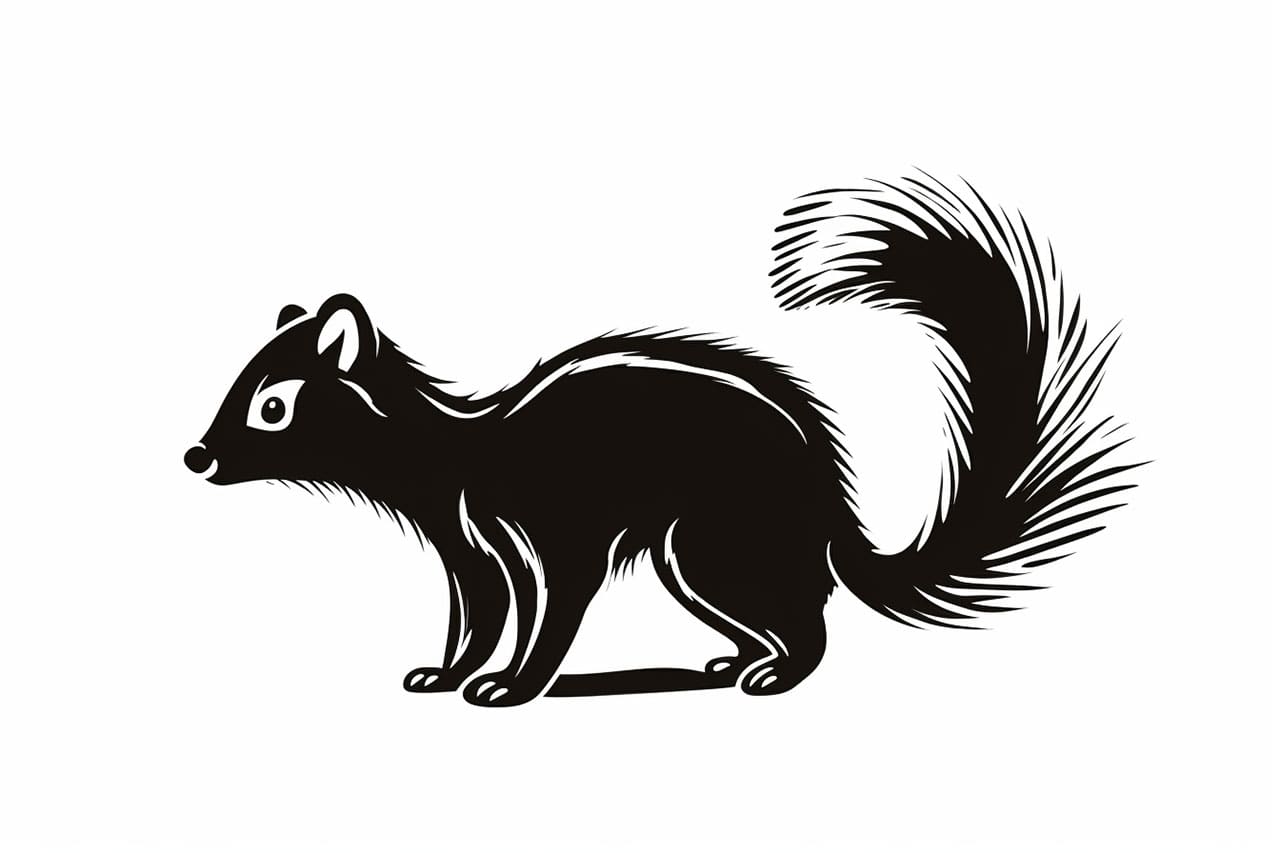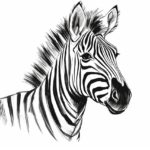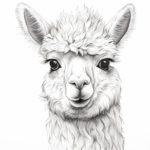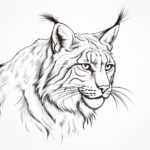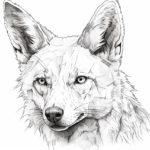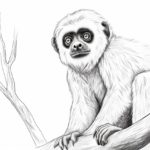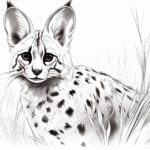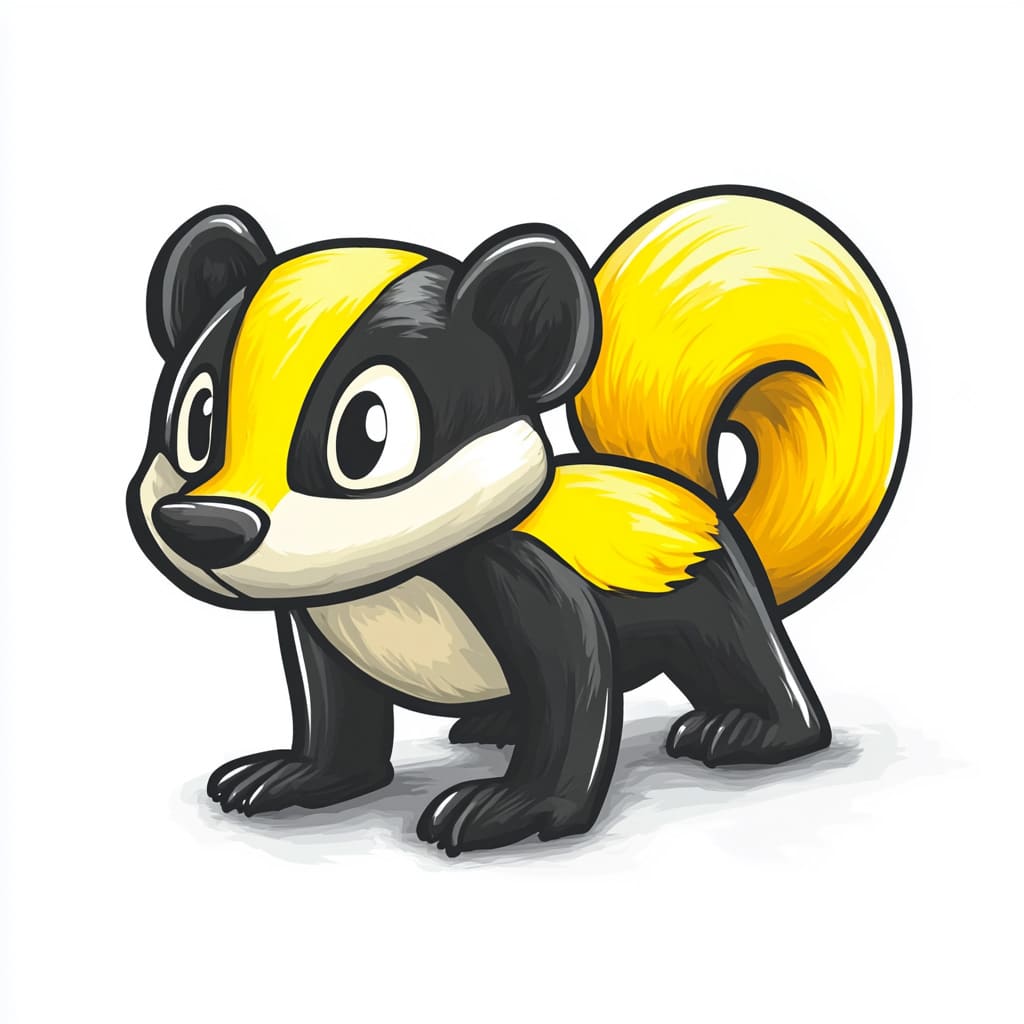
Welcome to an exciting artistic adventure! In this step-by-step guide, we will explore how to draw one of nature’s most intriguing creatures: the skunk. With their charming appearance and striking black-and-white stripes, skunks have captured the imagination of many, making them a delightful subject for art. Not to mention, their playful demeanor can make for a whimsical addition to any drawing!
Whether you are a novice artist looking to improve your skills or an experienced illustrator seeking to capture the essence of wildlife, this tutorial is designed to help you achieve a realistic depiction of a skunk. Through a series of clear and concise instructions, we will guide you through each stage of the drawing process, from sketching the basic shapes to adding intricate details. Bring your creative vision to life and learn to appreciate the unique features that define these captivating creatures.
So, sharpen your pencils and prepare your sketchbook! By the end of this tutorial, you’ll have a beautiful skunk illustration that reflects both your artistic flair and the charm of this wonderful animal. Let’s gather our materials and get started on this fun-filled drawing journey!
Materials Required
Before we begin, let’s gather the necessary materials for drawing a skunk:
- Drawing paper or sketchbook
- Pencils (HB, 2B, and 4B)
- Eraser
- Blending stump or cotton swabs
- Fine-tip black marker
- Colored pencils or markers (optional)
Now that we have our materials ready, let’s dive into the step-by-step process of drawing a skunk.
Step 1: Sketch the Basic Shapes
To start, lightly sketch the basic shapes that make up the skunk’s body. Begin with an oval for the head, a larger oval for the body, and smaller circles for the ears and limbs. Position them in a way that represents the skunk’s natural stance.
Step 2: Refine the Outline
Using the basic shapes as a guide, carefully refine the outline of the skunk’s body. Pay attention to the proportions and curves, ensuring they resemble the shape of a skunk. Add a long, fluffy tail extending towards the back.
Step 3: Add Facial Features
Now, let’s tackle the skunk’s facial features. Draw two almond-shaped eyes, slightly slanted towards the center. Place a small round dot within each eye to represent the pupils. Below the eyes, draw a small, triangular-shaped nose. Add a smile line extending from the nose to indicate a gentle expression.
Step 4: Illustrate the Ears and Fur
Next, draw the skunk’s ears on top of the head. They should be pointy and slightly curved. To depict the skunk’s fluffy fur, use short, curved lines around the head, body, and tail. Ensure the lines follow the natural contours of the skunk’s anatomy.
Step 5: Define the Stripes
One of the most distinctive features of a skunk is its black and white stripes. Draw thick, curved lines across the skunk’s body, following the contours. The stripes should be evenly spaced and extend from the head to the tail.
Step 6: Shade the Body
Using your pencils, start shading the skunk’s body to create depth and dimension. Begin with the lighter shades (HB pencil) and gradually build up to darker tones (2B and 4B pencils). Pay attention to the areas where shadows naturally occur, such as under the body, tail, and ears. Blend the shading using a blending stump or cotton swab for a smooth transition.
Step 7: Finalize the Details
Now it’s time to add the final touches to your skunk drawing. Darken the eyes and define the pupils using a fine-tip black marker. Add small whisker details around the nose area using the same marker or a black colored pencil. If you prefer, you can also use colored pencils or markers to add a touch of color to your skunk drawing.
Conclusion
Congratulations! You have successfully learned how to draw a skunk from scratch. By following these step-by-step instructions and using your creative abilities, you’ve brought this fascinating creature to life on paper. Remember, practice makes perfect, so don’t be afraid to experiment and refine your techniques. Enjoy the process and have fun creating your skunk drawings!
Fun Facts About Skunks
- Skunks are well-known for their distinctive black and white coloration and their ability to spray a foul-smelling liquid as a defense mechanism.
- Skunks belong to the family Mephitidae, and there are several species including the striped skunk, spotted skunk, hooded skunk, and hog-nosed skunk.
- Skunks are generally nocturnal creatures and are omnivorous, eating both plant and animal matter.
- Contrary to popular belief, skunks are generally not aggressive and only spray their odor as a last resort when threatened.
- Their spray can reach a distance of up to 10 feet and can be difficult to remove from clothing or fur.
- Skunks have poor eyesight and rely heavily on their sense of smell and hearing to navigate and find food.
- Baby skunks are called kits and they are born blind and deaf, only gaining these senses after several weeks.
- Skunks are also beneficial to humans because they help control insect and rodent populations.
- In some cultures, skunks are considered symbols of self-respect and confidence.
- Skunks can be domesticated and kept as pets in some areas, though this is subject to local laws and regulations.
Suggestions for Scenes and Settings for Skunk Drawings
- Forest Encounter: Illustrate a scene where a skunk family is wandering through a lush forest, exploring underbrush and flowers.
- Garden Mischief: Draw a skunk sneaking into a backyard, sniffing around curious garden ornaments or investigating a bird feeder.
- Moonlit Stroll: Create a romantic night scene with skunks playfully frolicking under a full moon with glowing stars above.
- Skunk Family Outing: Design an adorable image of a mother skunk and her kits on a family outing, perhaps crossing a cozy meadow.
- Urban Explorer: Illustrate a skunk navigating a bustling cityscape, maybe hiding among trash cans or exploring an alleyway.
- Skunk Camping Trip: Show skunks enjoying a wooded campsite, with tiny tents and a campfire glowing softly in the twilight.
- Winter Wonderland: Depict a snowy scene with skunks leaving tracks in the snow, their breath puffing in the frosty air.
- Flower Field Frolic: Capture skunks playing amid a vibrant field of wildflowers, petals dancing in the breeze around them.
- Skunk’s Night In: Draw a cozy indoor setting with a skunk curled up by a fireplace, enjoying the comforts of a warm home.
- Skunk Detective: Invent a whimsical mystery scene with a skunk wearing a detective hat, magnifying glass in paw, solving woodland mysteries.

